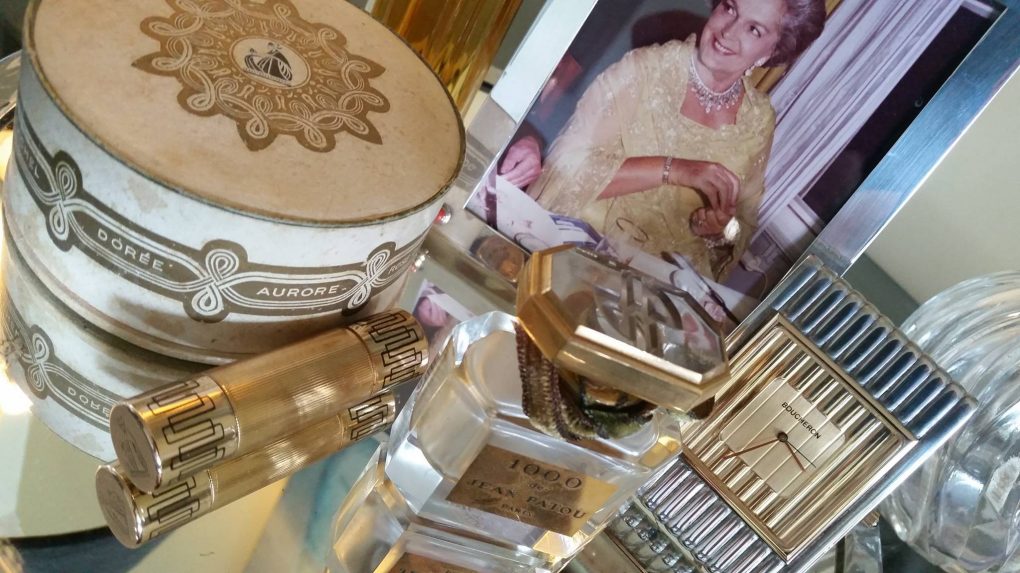My UV Patch, L’Oréal sun protection revolution, has hit the market. Discover how they’ve been a suncare game-changer for 70 years.

If a few years ago someone had told you that some day a blue and white heart-shaped sticker 2.5 cm across would one day help protect you from UV rays, you’d probably have told them they’d been sitting in the sun too long.
Yet that day has arrived: this January the My UV Patch from La Roche-Posay, one of L’Oréal Group’s skin-care brands, was introduced at the Consumer Electronics Show (CES) in Las Vegas. Just half the thickness of a strand of hair , about 50 microns , this ultra-thin stretchable sensor contains photosensitive dyes that change colour depending on how much UV radiation it’s exposed to. Snap a picture of it using the accompanying app and it will tell you if you’ve been sitting in the sun too long (without implying that you’re crazy).

But back when the closest thing to a wearable device that could help limit your UV exposure was a pair of sunglasses, L’Oréal was already forging a path towards a bright and sunny future. In 1935, observing that sunkissed skin was now à la mode among French consumers, the group’s founder Eugène Schueller developed and launched Ambre Solaire: the world’ s first sun protection oil, the only tanning oil to contain a sun filter. It was soon a must-have product for French beach-goers enjoying their very first paid vacation in the summer of 1936.

From a protection oil to a wearable electronic patch… Could anyone have imagined that this would be the story of suncare? 80 years of innovation spearheaded by L’Oréal

